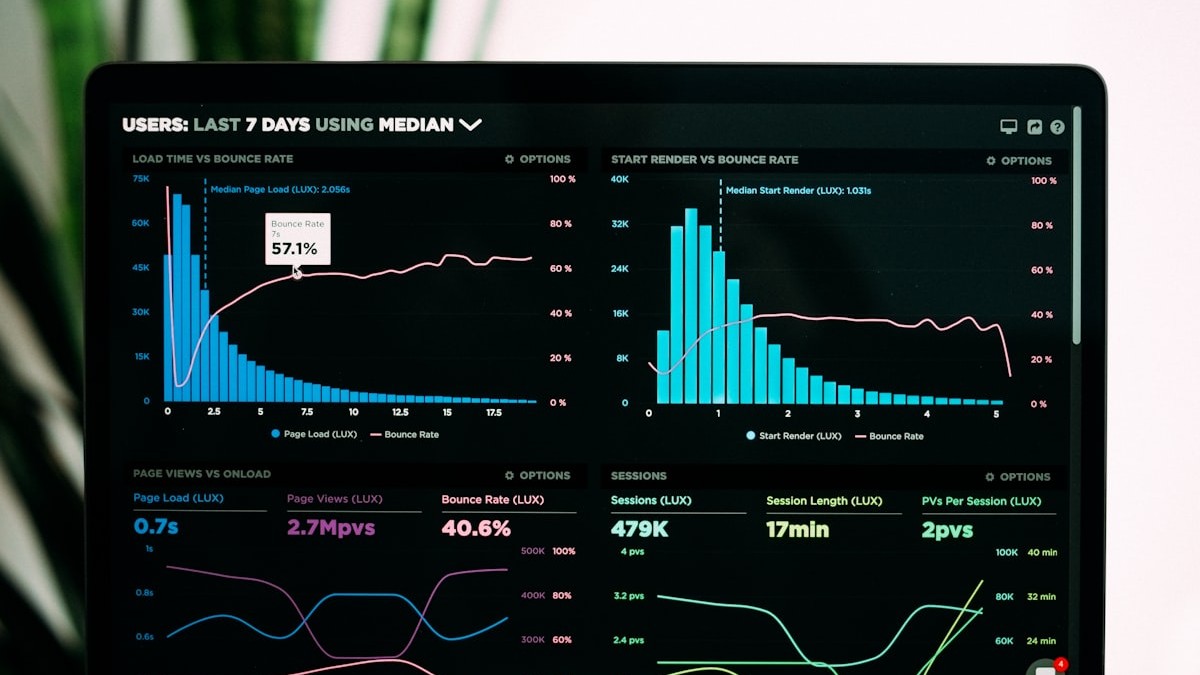Free vs. Freemium AI Models: Which is Right for You?
The rapid advancement of artificial intelligence (AI) has made powerful tools more accessible than ever before. However, navigating the landscape of available AI models can be confusing, especially when considering the differences between free vs. freemium AI models. This guide will explore these models, detailing their pros, cons, and best use cases to help you make informed decisions about which AI solutions are right for your needs.
1. Understanding Free AI Models

a box with a key chain and a key chain on it
Free AI models are those that offer access to their core functionality without any upfront or ongoing costs. These models are often open-source or provided by companies as a way to promote their brand or gather data. While they offer an attractive entry point to AI, it's essential to understand their limitations.
1.1 Benefits of Free AI Models
- Cost-effectiveness: The most obvious advantage is the absence of financial investment. This makes free AI models ideal for individuals, students, or small businesses with limited budgets.
- Accessibility: Free models often have simple interfaces or APIs, making them easy to integrate into existing workflows. They are great for experimentation and learning.
- Open-source nature: Many free AI models are open-source, meaning the code is publicly available. This allows users to customize the model, understand its inner workings, and contribute to its development. This fosters a collaborative environment and continuous improvement. Examples include TensorFlow and PyTorch.
1.2 Limitations of Free AI Models
- Limited features: Free models often lack the advanced features and capabilities of their paid counterparts. This can restrict their usefulness for complex tasks.
- Lower performance: The computational resources allocated to free models may be limited, resulting in slower processing times and reduced accuracy. This is especially true for resource-intensive tasks like image generation or natural language processing.
- Lack of support: Free models typically come with limited or no dedicated support. Users rely on community forums and online documentation for troubleshooting.
- Data privacy concerns: Some free models may collect and use user data for training purposes. It's crucial to review the privacy policy before using any free AI tool.
- Potential for bias: Models trained on publicly available datasets can inherit biases present in that data, leading to skewed or unfair results. This is a significant concern, especially in applications like hiring or loan approval.
2. Exploring Freemium AI Models

an abstract image of a network of dots
Freemium AI models offer a basic version of their service for free, with the option to upgrade to a paid subscription for access to more features, higher usage limits, and improved performance. This model allows users to experience the value of the AI tool before committing to a purchase.
2.1 Advantages of Freemium AI Models
- Try-before-you-buy: The free tier allows users to test the model's capabilities and determine if it meets their needs before investing in a paid subscription.
- Scalability: As your needs grow, you can easily upgrade to a higher tier to access more resources and features.
- Basic functionality for free: The free tier provides access to essential features, which may be sufficient for simple tasks or casual use.
- Support and documentation: Freemium models often offer better support and documentation than purely free models, as they are designed to convert free users into paying customers.
- Regular updates and improvements: Freemium models are typically maintained and updated regularly, ensuring users have access to the latest features and bug fixes.
2.2 Disadvantages of Freemium AI Models
- Limited usage: The free tier often comes with strict usage limits, such as the number of API calls, storage space, or processing time. These limits can be frustrating for users with demanding workloads.
- Feature restrictions: Key features may be locked behind a paid subscription, limiting the functionality of the free tier.
- Upselling pressure: Freemium models are designed to encourage users to upgrade to a paid subscription, which can sometimes feel pushy or intrusive.
- Potential for vendor lock-in: Once you become reliant on a specific freemium AI tool, it can be difficult to switch to a different provider, even if their pricing becomes unfavorable.
3. Key Differences: Free vs. Freemium

a blue and orange dollar sign sitting on top of each other
| Feature | Free AI Models | Freemium AI Models |
|---|---|---|
| Cost | Always free | Basic version free, paid upgrades available |
| Features | Limited | Basic features in free tier, more in paid tiers |
| Usage Limits | Often unlimited, but potentially slower | Limited in free tier, higher limits in paid tiers |
| Support | Limited or none | Basic support in free tier, priority in paid tiers |
| Scalability | Limited | Scalable through paid upgrades |
| Updates | Irregular, depending on community or provider | Regular updates and improvements |
| Customization | High (if open-source) | Limited |
| Data Privacy | Potentially concerning, review policies carefully | Generally better, but still review policies |
4. Use Cases for Free AI Models
- Learning and experimentation: Free models are ideal for students, researchers, and developers who want to learn about AI and experiment with different techniques.
- Simple tasks: Free models can be used for basic tasks like image recognition, text classification, or sentiment analysis.
- Personal projects: Individuals can use free models for personal projects like creating art, generating text, or automating simple tasks.
- Educational purposes: Free AI models can be integrated into educational curricula to teach students about AI concepts and applications.
- Proof of concept: Before investing in a paid AI solution, you can use a free model to build a proof of concept and validate your idea.
5. Use Cases for Freemium AI Models
- Small businesses: Freemium models offer a cost-effective way for small businesses to access AI tools and automate tasks like customer service, marketing, or sales.
- Startups: Startups can use freemium models to build and test their products without incurring significant upfront costs.
- Content creation: Freemium AI tools can assist with content creation tasks like writing blog posts, generating social media captions, or creating marketing materials.
- Data analysis: Freemium models can be used for basic data analysis tasks like identifying trends, generating reports, or building dashboards.
- Customer support: Freemium AI chatbots can provide basic customer support and answer frequently asked questions.
6. Current Trends in Free and Freemium AI
- Rise of no-code AI platforms: These platforms allow users to build and deploy AI models without writing any code, making AI more accessible to non-technical users. Many offer freemium tiers.
- Increased focus on ethical AI: There is growing awareness of the ethical implications of AI, such as bias, fairness, and transparency. Developers are working to create more ethical and responsible AI models, often offering them freely for research and education.
- Integration of AI into existing tools: AI is being increasingly integrated into existing software and platforms, such as CRM systems, marketing automation tools, and business intelligence platforms. Many of these integrations are offered on a freemium basis.
- Generative AI boom: The rise of generative AI models like GPT-3 and DALL-E 2 has created new opportunities for free and freemium AI tools. These models can be used to generate text, images, and other types of content, empowering users to create more engaging and personalized experiences. Free vs. freemium AI models are increasingly offering access to these generative capabilities.
- Edge AI: Deploying AI models on edge devices (like smartphones or IoT devices) is becoming more common. This allows for faster processing and reduced latency, and some companies are offering free or freemium edge AI solutions.
7. Choosing the Right Model for Your Needs
To decide between free vs. freemium AI models, consider these factors:
- Budget: If you have a limited budget, free models may be the only option. However, if you can afford a paid subscription, freemium models offer more features and better performance.
- Technical expertise: If you have limited technical expertise, no-code AI platforms may be the best choice. These platforms often offer freemium tiers with user-friendly interfaces.
- Project complexity: For simple tasks, free models may be sufficient. However, for complex projects, you may need the advanced features and higher performance of a paid subscription.
- Data privacy: If data privacy is a concern, choose a model with a clear and transparent privacy policy. Pay close attention to how your data will be used and stored.
- Support requirements: If you need dedicated support, choose a model that offers it, even if it means paying for a subscription.
8. Future of Free and Freemium AI
The future of free vs. freemium AI models looks bright, with increasing innovation and accessibility. We can expect to see:
- More powerful free models: As AI technology advances, free models will become more capable and versatile.
- More specialized freemium models: Companies will offer freemium models tailored to specific industries and use cases.
- Greater integration of AI into everyday life: AI will become increasingly integrated into our daily lives, with free and freemium AI tools playing a key role.
- Ethical considerations will become paramount: Expect increased emphasis on responsible AI development and deployment, with a focus on fairness, transparency, and accountability.
- Democratization of AI: The trend towards making AI accessible to everyone will continue, empowering individuals and organizations to leverage the power of AI without significant financial or technical barriers.
Ultimately, the choice between free vs. freemium AI models depends on your individual needs and circumstances. By carefully considering the factors outlined in this guide, you can make an informed decision and choose the right AI solution for your projects.
Ready to explore AI? Start by identifying your needs and then researching available free and freemium options. Don't be afraid to experiment and see what works best for you!
FAQ: Free vs. Freemium AI Models
Q1: What are the main benefits of using a free AI model?
A: The primary benefit is cost-effectiveness. Free models allow you to explore and experiment with AI without any financial investment. They are also often easily accessible and customizable, especially if they are open-source.
Q2: What are the limitations of freemium AI models?
A: Freemium models typically have usage limits and feature restrictions in the free tier. This can be frustrating for users with demanding workloads or who need access to advanced functionality.
Q3: How can I determine if a free AI model is right for my project?
A: Consider your budget, technical expertise, project complexity, data privacy concerns, and support requirements. If your project is simple and you have limited resources, a free model may be sufficient.
Q4: Are freemium AI models a good option for small businesses?
A: Yes, freemium models offer a cost-effective way for small businesses to access AI tools and automate tasks. The free tier allows you to test the model's capabilities before committing to a paid subscription.
Q5: What are some ethical considerations when using free AI models?
A: Be aware of potential biases in the model's training data, and review the privacy policy to understand how your data will be used. Ensure the model is used responsibly and ethically.


